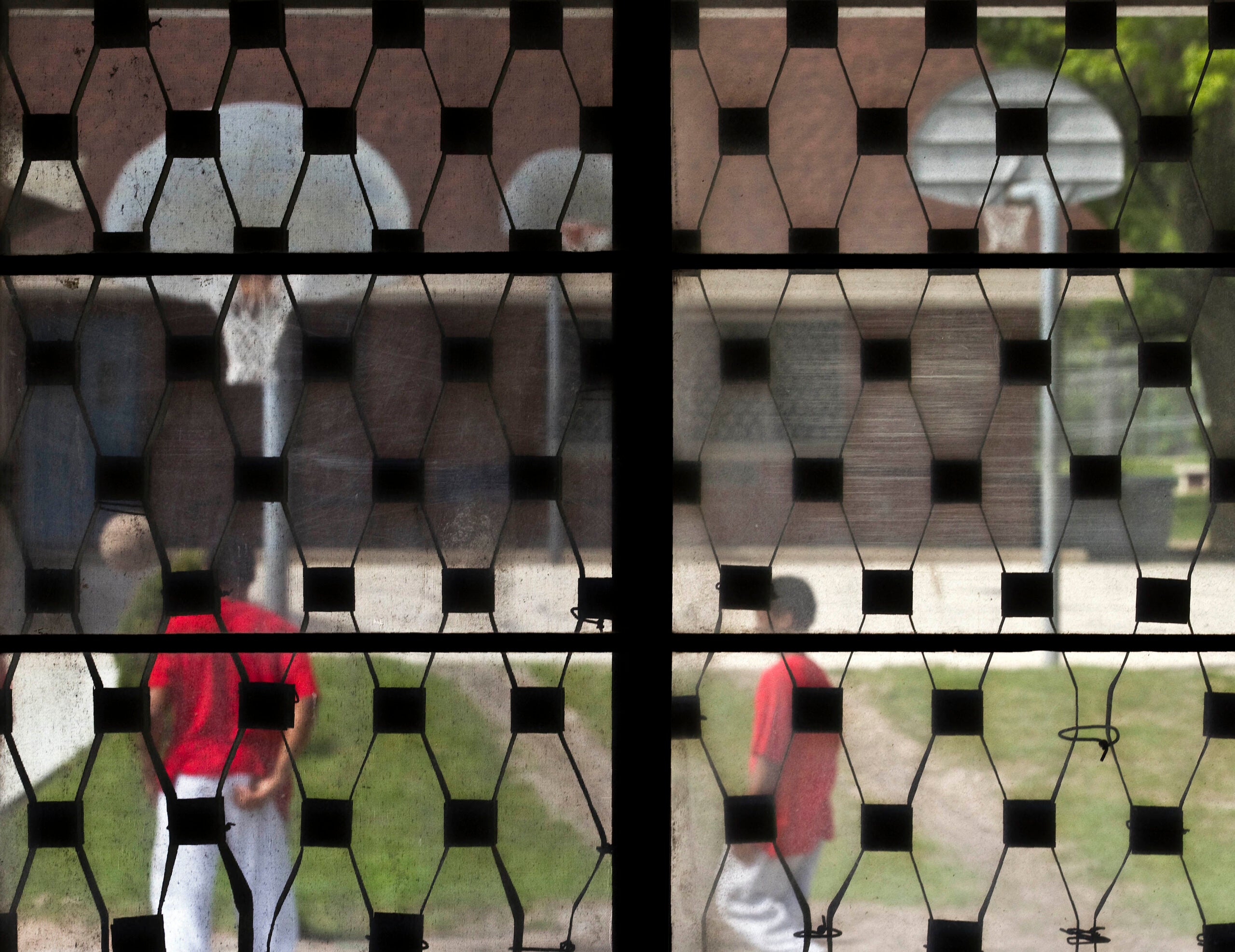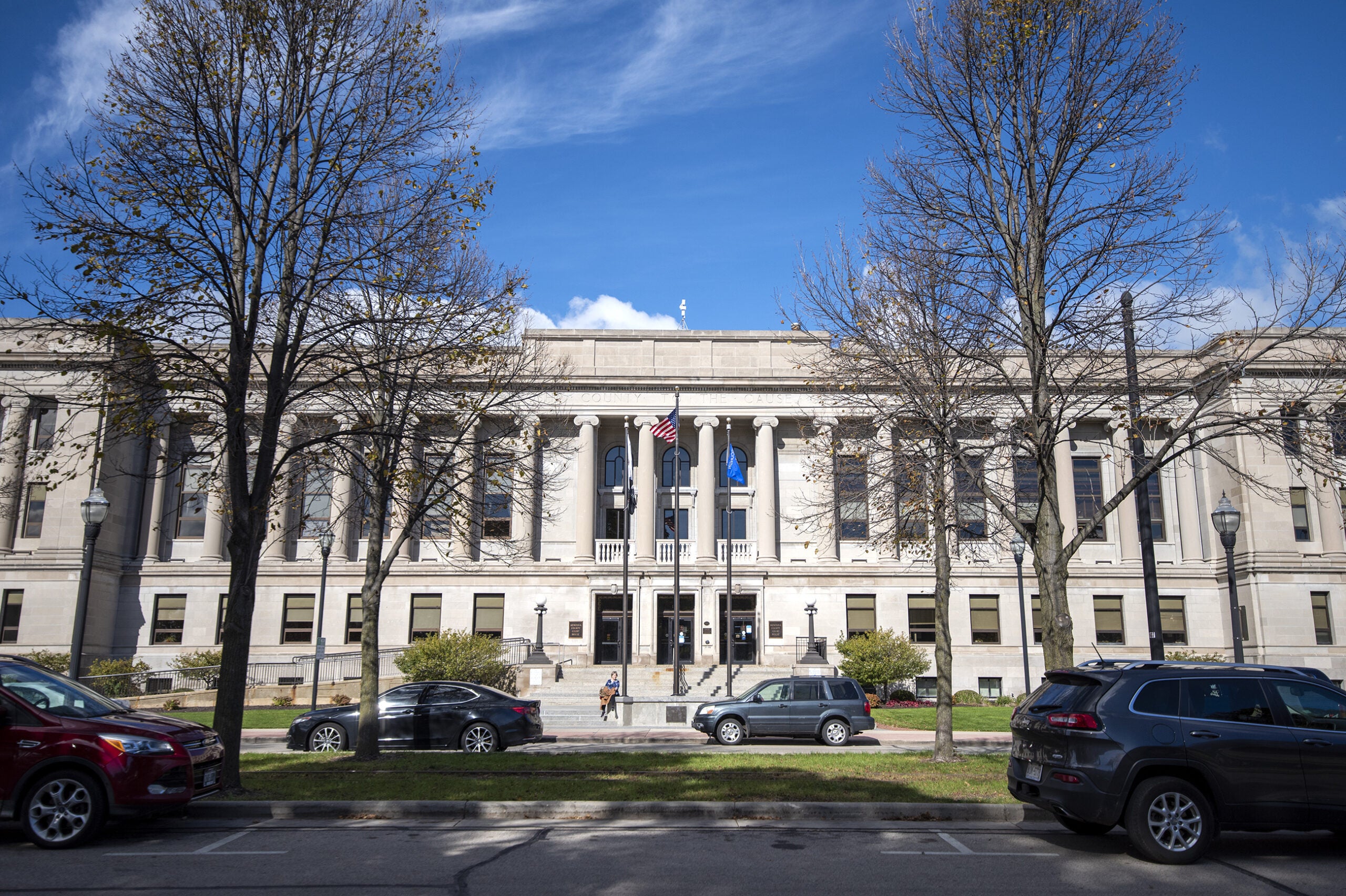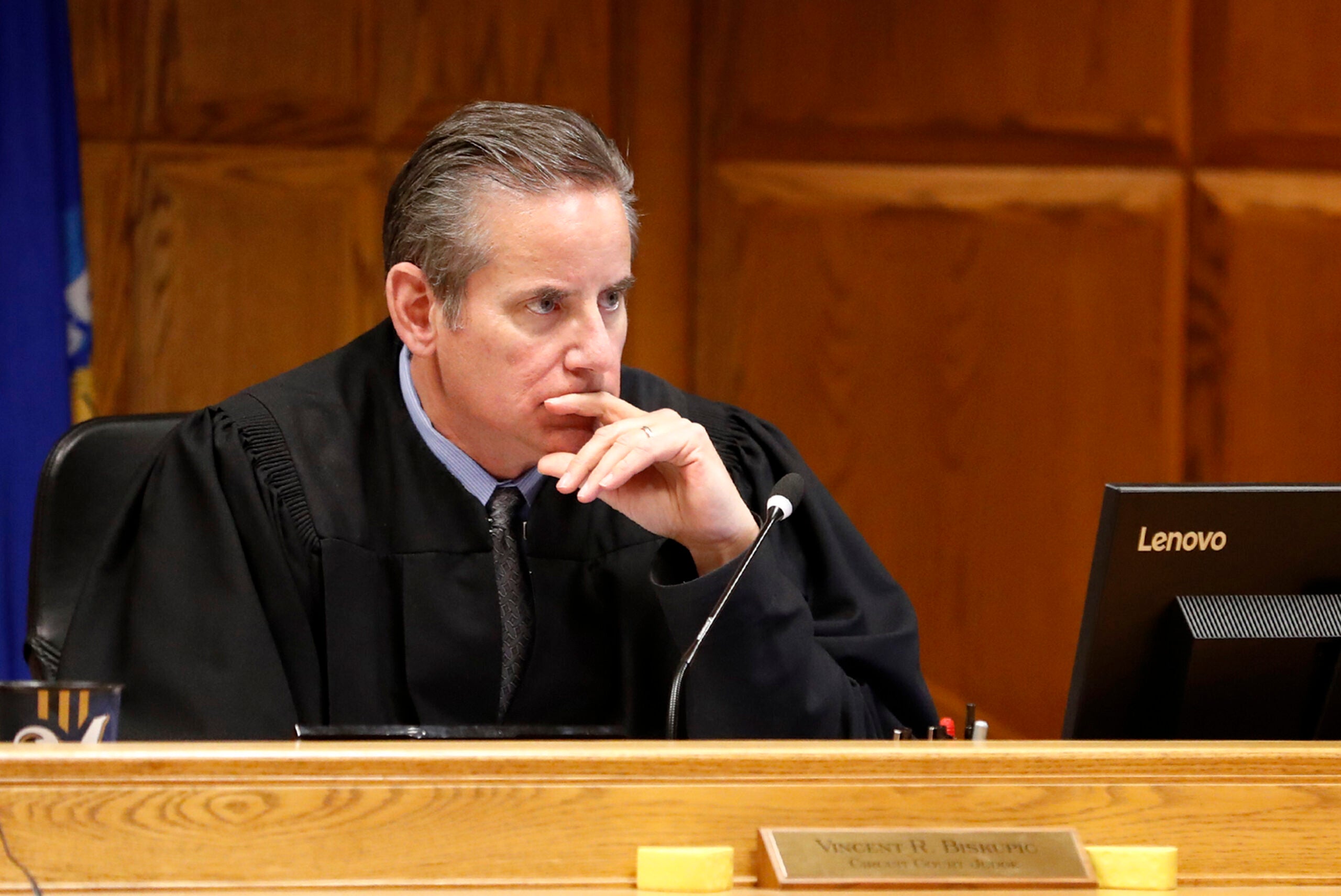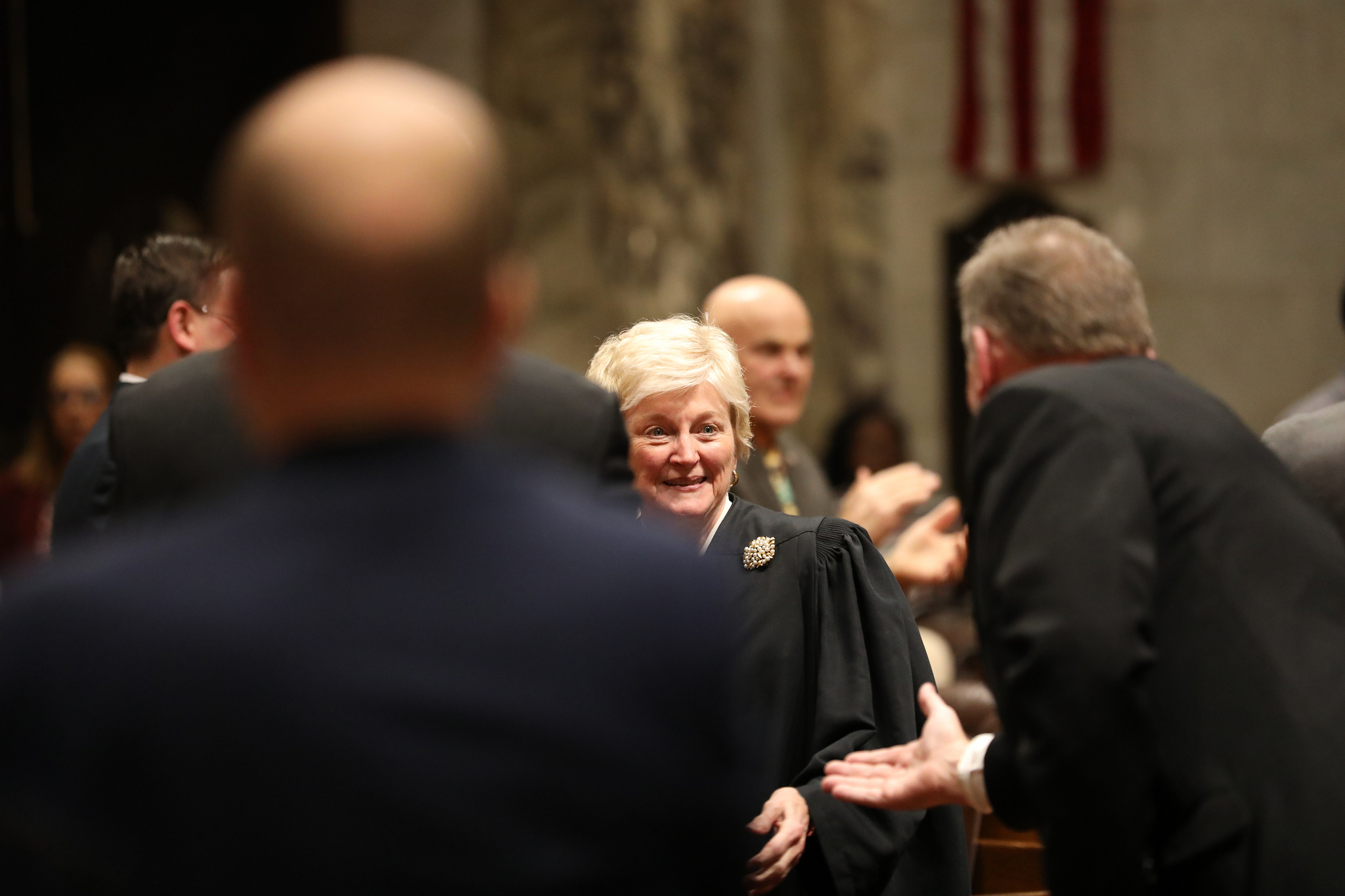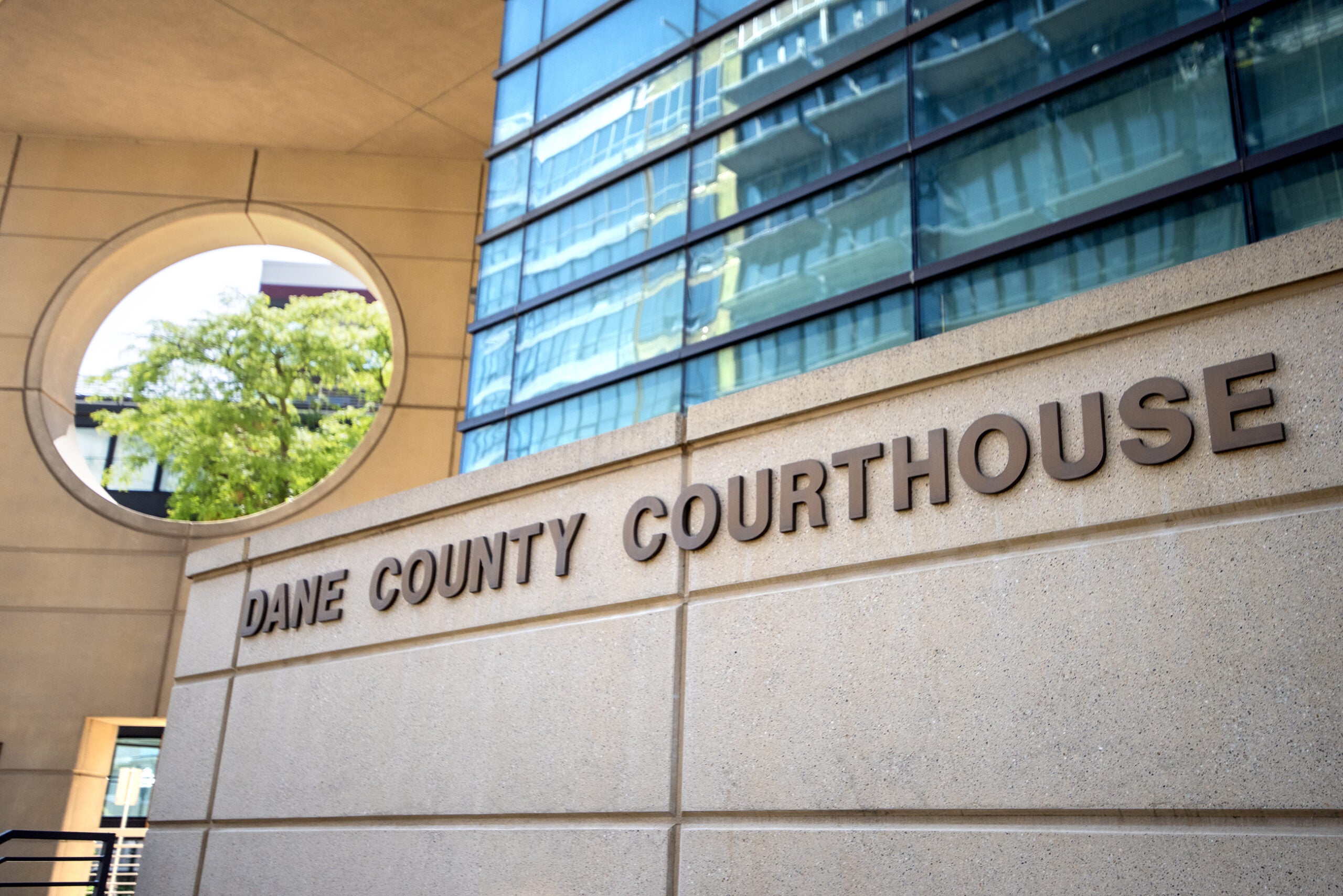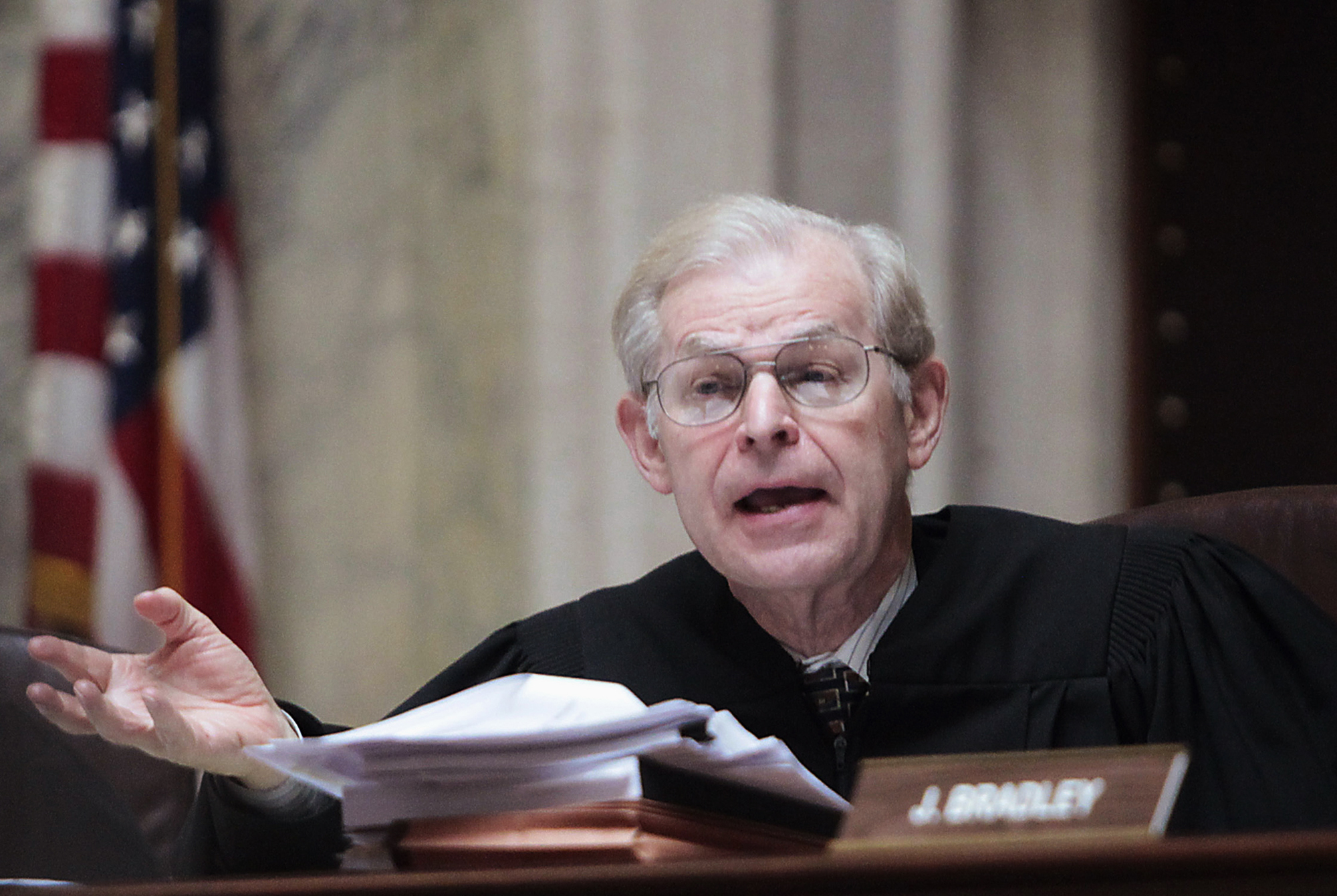For juvenile offenders across the state, space in detention facilities is an ongoing problem. Sometimes offenders under the age of 17 are sent several hours from their homes and families because there is simply no room to house them.
Marinette County Circuit Court Judge James Morrison quipped that young offenders are sent far away because, “to use a biblical phrase, ‘there’s no room at the inn.’”
Morrison added that the time for sheriffs deputies to transport the offenders adds up and subtracts from time spent on local law enforcement. It’s a problem he’s seen first hand in Marinette.
Stay informed on the latest news
Sign up for WPR’s email newsletter.
“There are times when there are three or four deputies on the road, total. If we have to take one and send them to Sheboygan that means drunk driving that’s not being seen … that’s other people that are not being helped,” he said.
Morrison was among a group of judges, officers and leaders from 11 counties in northeastern Wisconsin to attend a discussion Wednesday in Green Bay. Those who attended the meeting discussed money-saving possibilities along with the construction of a regional juvenile facility that could house more juvenile offenders.
Brown County Executive Troy Streckenbach said his county spends upwards of $700,000 a year to send juvenile offenders to other counties because adult offenders have filled up their jails.
“Managing juveniles is a completely different world,” Streckenbach said. “It requires a whole host of different costs and staffing. The cost for the county to ‘ship out’ I think is $110 dollars (per day) whereas for an adult inmate it is about $45.”
Streckenbach mentioned the costs associated with providing youth offenders with schooling behind bars, separating them according to age and sex, and the need for intensive counseling, as factors that increase the cost.
Both Streckenbach and Judge Morrison said that while the issue is not related to the troubled Lincoln Hills juvenile prison, its closure may have ramifications for county jails.
According to Streckenbach a proposal to change the age of an adult offender from 17 to 18 years old, would also increase the juvenile offender population in the state, adding to the strain for space.
The issue of juvenile corrections drew the attention, and attendance, of state Supreme Court Justice Patience Roggensack to the meeting. She said she was there to learn more about the issue.
“I have a significant concern for all the people who intersect with our courts but particularly for the youngest,” Roggensack said, adding that the nation’s opioid epidemic is adding to the problem of crowded jails. “Whatever the problem is we have to be aware of the needs of these children and to take care of them.”
Judge Morrison agreed, saying juvenile justice needs more attention, especially given the drug crisis.
“These kids, in many cases now, are coming from homes where both mom and dad … are both heavy users. They’re using drugs in front of the kids. This is awful,” he said.
No decisions were expected to be made at Wednesday’s conference, instead it was meant as a group discussion on the future of housing northeastern Wisconsin’s juvenile offenders.
Wisconsin Public Radio, © Copyright 2024, Board of Regents of the University of Wisconsin System and Wisconsin Educational Communications Board.

